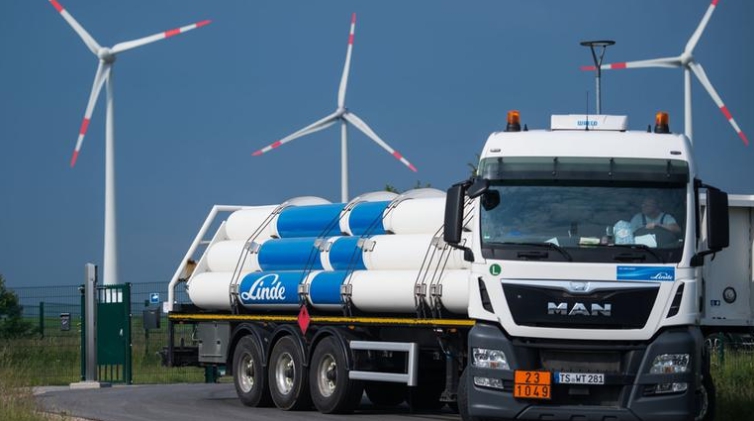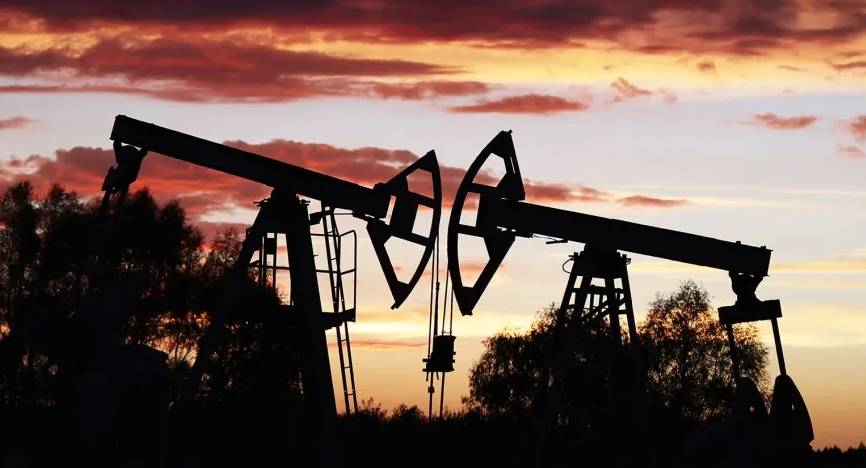
Hydrogen could cover all of our energy needs and chemically replace many fossil carbons – but it’s not that easy to manufacture.
In principle, hydrogen could cover all of our energy needs and chemically replace many fossil carbons. As a climate-neutral fuel for our mobility, used in manufacturing processes in the steel or chemical industry, as a fuel for our heat or as a storage medium for green electricity.
The element with the lowest atomic mass can do all of this. Only the universe plays a trick on humanity. Because the most widespread atom in space is virtually non-existent on our home planet. So you have to “make it”. For example, through electrolysis: electricity breaks down water into hydrogen and oxygen.
Huge electricity demand
But since Germany is aiming for complete climate neutrality by 2050, “green” electricity from renewable sources is needed.
And in huge quantities. Because electricity does not transfer all of its energy to the gas in the production of hydrogen, but only about 75 percent. This means that you always have to use around a third more energy than you can get out.
The ISI Fraunhofer Institute expects hydrogen demand for Germany of 800 terawatt hours (TWh) in 2050. That means a power requirement of over 1,000 TWh of “green” electricity. That would be four times what was gained from renewable energies in Germany in 2019 as a whole.
In other words, you would need wind turbines on an area of almost half of the Netherlands to generate this amount of electricity. “Green” hydrogen – but not a good idea?
The interim solution: “Blue” hydrogen
So far, hydrogen has been obtained almost exclusively from natural gas. Producing this so-called “gray” hydrogen is technically simpler and much cheaper than producing “green” hydrogen from renewable energies.
Although the costs for the electrolysis required for this have decreased significantly in the past ten years, the still significantly higher costs and the enormous amount of hydrogen that are needed to make the economy climate-neutral make it clear that the “green” Hydrogen will not be enough in the future either.
But so-called “blue” hydrogen could help. Obtained from natural gas by splitting off and storing the resulting CO2. With this method, greenhouse gas is still released in the process chain – but significantly less than with the “gray” hydrogen previously used.
For the EU Climate Commissioner Frans Timmermans, that would be one way of pushing the necessary conversion to a hydrogen economy in the EU, driving research and development forward and still remaining reasonably competitive. With the aim of having the production of “green” hydrogen competitive in 2030 regions that are favorable for it.
Towards a new, global energy order?
Most of these regions are not in Europe. It is countries like Ghana, Namibia, the whole of the Maghreb and north-east Africa, but also Mexico, Chile and India, which, due to their climatic conditions, offer very good conditions for producing a lot of “green” hydrogen. The investments necessary there would be enormous, but could ultimately also lead to more economic and political stability in the countries.

 Exploring the Enigma of ‘Blue Zones’: Global Hotspots for Longevity
Exploring the Enigma of ‘Blue Zones’: Global Hotspots for Longevity  Ethical Considerations in the Development of Future AI Assistants: Insights from Researchers
Ethical Considerations in the Development of Future AI Assistants: Insights from Researchers  AI Revolutionizes Agriculture: Robotics and Lasers Join Forces to Tackle Weeds Across Farmlands
AI Revolutionizes Agriculture: Robotics and Lasers Join Forces to Tackle Weeds Across Farmlands  AI Unveils Groundbreaking Antibiotic Effective Against Superbugs
AI Unveils Groundbreaking Antibiotic Effective Against Superbugs 


